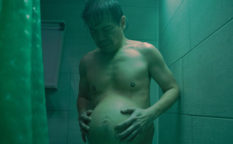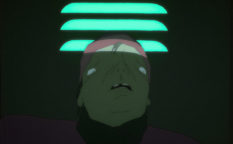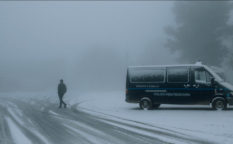“The Dreamers” – or how women gave birth to Yugoslav Rock’n’roll
Palic Film Festival
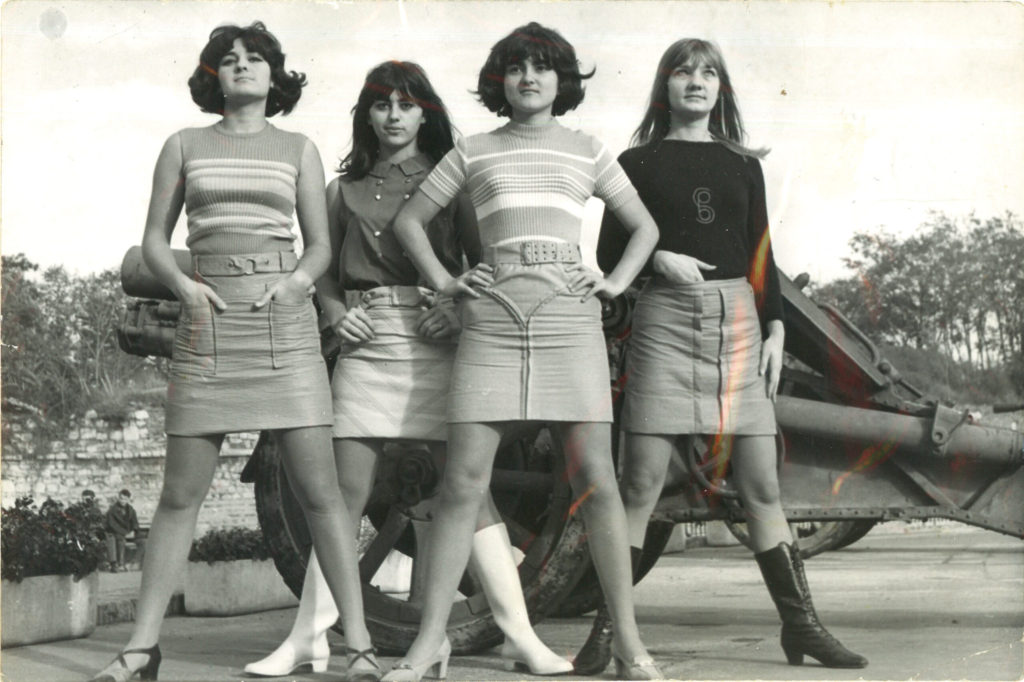
In 1964, the British band The Beatles, known for being the cornerstone of the British Invasion and catalyst of a global youth movement, made their debut in the semi-biographical comedy “A Hard Day’s Night” (dir. Richard Lester). The film is an exquisite portrayal of the phenomenon called “The Beatlemania”. In the opening scene, adrenalised fans chase the band, faint at their concerts, and scream out their love (and obsession) for them.
That same year, thousands of kilometres away, three teenage girls in Yugoslavia, having filled their minds and hearts with Western music that they listened to on the Radio Luxembourg, picked up guitars and microphones, and followed in The Beatles’ footsteps to carve out their own path into the rock’n’roll world. That’s how Sanjalice, the first all-girl band in Yugoslavia, came to exist. 60 years later, Vladimir Petrović, a Serbia-based filmmaker, decided to tell their story to the world with his documentary “The Dreamers”.
Originally, they didn’t start as an all-female band, but consisted of three girls: Ljiljana Mandić (vocal, guitar), Slobodanka Miščević (rhythm guitar, vocals), and Ljiljana Jevtić (bass guitar), and two boys: Vojislav Veljković (drums) and Radomir Vuković (organ). The latter two not only helped with musical arrangements but also accompanied the girls to events, since unchaperoned outings were frowned upon at the time. When Vojislav was obliged to serve in the compulsory army service, he taught his current girlfriend how to play drums, and Snežana Veselinović joined the band. Being surrounded by only girls, Vuković left, changing a co-ed band into a full-female one.
They began with a simple approach: “checking and observing” other artists’ rehearsals, learning by ear, and gradually “reproducing” the Western songs into Serbo-Croatian. Their early performances took place at so-called “tea parties”, youth events where, ironically, no tea was actually served. The gigs quickly launched them into the spotlight and made the girls rapidly climb the music scene’s ladder until they reached their peak.
In The Dreamers, the band’s members reunite after half a century of living “normal” lives, looking back on the golden age of Yugoslav rock. Personal anecdotes, like buying the expensive Czechoslovakian Jolana guitar or a Yugoslav Iskra amplifier for their last savings, are interwoven with vivid recollections of the most important musical milestones across the Balkan peninsula. One such moment was the first edition of Gitarijada festival in Belgrade in 1966, where Sanjalice stunned the audience with the radical novelty of being an all-female band in a male-dominated scene, and where they were awarded a vacuum cleaner for taking 4th place – because what else can one give to girls.
What may sound the most surprising for the viewers, who are only familiar with the Western youth movements, is the constant reminders by the girls that they were enthusiastically supported by their families. At least one of the parents was always present at the concert. Ljilka’s father was helping them as a technician, carrying heavy equipment and setting it up, and mothers and grandmothers were sewing their stage costumes. Even the older generation, who at first were sceptical about the rock’n’roll youth, perceiving them as criminals and rebels, eventually realised that those are only children with different hobbies and music styles. That is something that would be rare within the Western culture, where the generational gaps were widening and an unwillingness to understand each other created just more conflicts.
Petrović charms with his documentary, as instead of sticking only to the typical talking-head interviews, which would be set together with a few repeated archives, he intensifies the narrative with an immense amount of archive materials. There are not only girls’ private archives, but also newsreels, old Yugoslav films, Sanjalice’s music videos, and concert pictures, which he animates using the cut-out or drawn-on-photo techniques. All of that, enhanced with the marvellous soundtrack with Sanjalice’s most popular songs like “Mi mladi” or “Srećni zajedno”.
In 1969, they stopped. One of the girls went off to university, another found a boyfriend, and the rest began to question what they really wanted from life. Not one of them, it turned out, dreamed of becoming a singer. And so, together, they decided that stepping away at the height of their fame was better than slowly fading away and becoming forgotten. With their short but remarkably successful career, three released records, and thousands of concerts across the Balkan peninsula, Sanjalice proved that their gender was no obstacle on the way to the top, and The Beatles were not there to be imitated. Those four young girls from Yugoslavia reached higher, and by forging their own path, they created their own legend.
The Dreamers, by Vladimir Petrović, is not a documentary that dazzles with its formal innovation. Instead, it invites viewers to rediscover forgotten legends, go for a trip through Beatlemania’s footprints, and encounter young, passionate souls. All while accompanied by voguish musical pieces, and visual twists and shouts that transport viewers straight into the beating heart of the 1960s. So really, what more could one ask for?
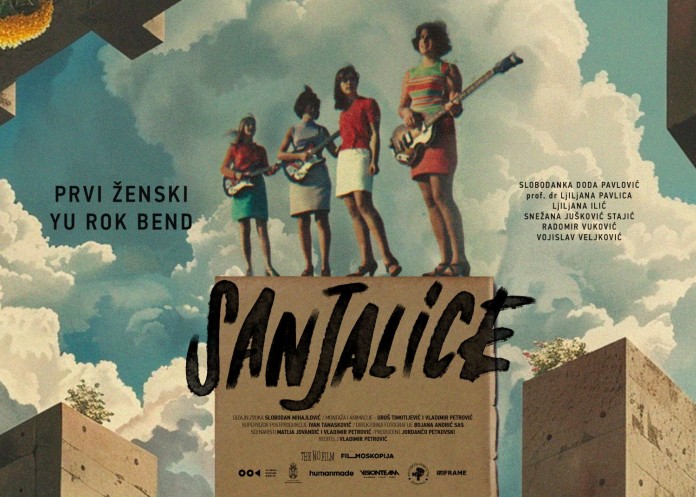
Original Title: Sanjalice
Country:
Runtime: 69′
Directed by: Vladimir Petrovic
Written by: Vladimir Petrovic & Matija Jovandic
Producer: Jordanco Petkovski
Archive Producer: Vladimir Petrovic
Cinematographer: Bojana Andric
Editors: Uros Timotijevic, Vladimir Petrovic
Makeup Artists: Tijana Ljubic, Aleksandra Zlatanovic
Sound Recordist: Srdjan Bajski
Re-recording Mixer: Slobodan Mihajlovic
Sound Recordist: Sergej Vuckovic
With: Ljiljana Ilic, Slobodanka Miscevic, Ljiljana Pavlica,
Vojislav veljkovic, Snezana Juskovic-Stajic, Radomir Vukovic






